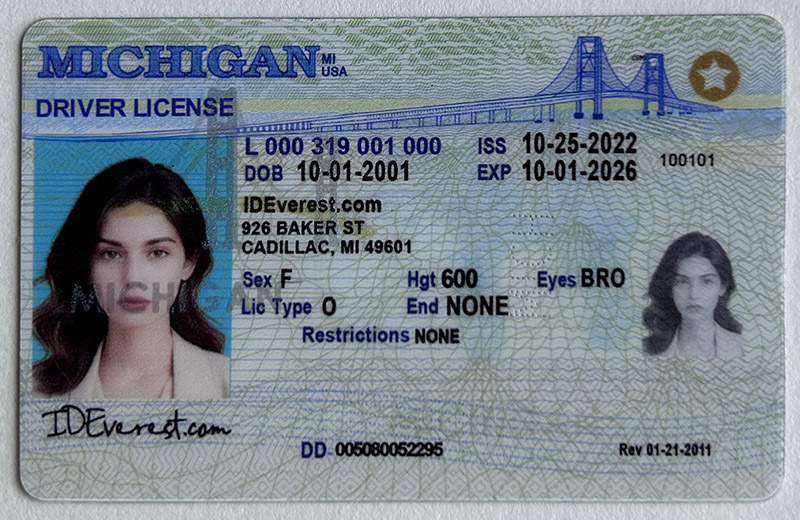ID Top

Step-by-Step Guide for Keyword Layout:
1. Title and H1 Heading:
- Use ID Top Keywords as the primary focus. This will be the most competitive keyword you’re aiming to rank for.
- Example: If you're optimizing for an online store selling sneakers, the title could be:
“Best Sneakers for Running | Buy High-Quality Sneakers Online” - Here, "Sneakers" is the big keyword.
2. Introduction:
In the opening paragraph, introduce the main keyword naturally. Also, include one or two secondary keywords that are slightly less competitive.
Example:
“Looking for the best sneakers for running? Our online store offers a wide range of high-quality sneakers designed for both professional athletes and casual runners. Whether you're searching for durable running shoes or stylish footwear, we have you covered.”Keywords:
- Big keyword: Sneakers
- Secondary keywords: Running shoes, stylish footwear
3. Subheadings (H2 Tags):
Here, start introducing more specific keywords that cater to user intent. These should be variations of the big keyword and cater to medium search volume.
Example H2:
“Top 5 Sneakers for Different Running Styles”Example Paragraph:
“Choosing the right sneakers can make a significant difference in your running performance. We’ve curated a list of top sneakers that provide support, durability, and comfort, making them ideal for various running styles like trail running, road running, and track workouts.”Keywords:
- Big keyword: Sneakers
- Medium keywords: Trail running shoes, road running sneakers
4. Long-tail Keywords (H3 Subsections):
In this section, introduce long-tail keywords that address very specific user queries. Long-tail keywords often have lower competition but high conversion rates.
Example H3:
“Best Sneakers for Marathon Training”Example Paragraph:
“For those training for marathons, the right sneakers can reduce the risk of injury and improve endurance. We recommend lightweight yet durable sneakers with ample cushioning to support long-distance runs.”Keywords:
- Medium keywords: Marathon sneakers
- Long-tail keywords: Best lightweight sneakers for marathon training
5. Product Descriptions and Reviews:
Integrate more long-tail keywords in a natural way. This can be done in product descriptions or when discussing the benefits of a specific product.
Example Paragraph:
“Our selection of lightweight sneakers for long-distance running includes top brands like Nike and Adidas, which are designed to offer excellent foot support. Customers have reported improved comfort and performance during marathon training and races.”Keywords:
- Long-tail keywords: Lightweight sneakers for long-distance running, marathon training shoes
6. FAQ Section (H4 Tags):
Address common questions that users may search for related to your product. Each question can target a specific long-tail keyword.
Example FAQ:
- What are the best sneakers for trail running?
- How do I choose the right sneakers for flat feet?
- Are lightweight running shoes good for daily workouts?
Keywords:
- Long-tail keywords: Best sneakers for trail running, sneakers for flat feet, lightweight running shoes for workouts
7. Conclusion/Call-to-Action:
Reiterate the main keyword in the conclusion while including some related secondary or long-tail keywords to encourage action.
Example Paragraph:
“Finding the right sneakers is essential for improving your running performance. Whether you’re a marathoner or someone who enjoys casual jogs, our store offers a wide selection of sneakers that meet every need. Shop our best running sneakers today and enjoy free shipping on your first purchase.”Keywords:
- Big keyword: Best running sneakers
- Secondary keyword: Free shipping sneakers
Keyword Density Management:
To maintain a keyword density of 2%-8%, ensure that:
- The main keyword appears about 1-2 times in each 100-150 words.
- Use natural variations of your main keyword and long-tail keywords.
- Use the primary keyword in important places like title, headings, and meta description, but avoid overstuffing.
Example breakdown: If the content is 1000 words, and your goal is a 5% keyword density, the main keyword should appear around 50 times. Distribute it naturally throughout the text, with more focus at the start (intro, H1) and decreasing emphasis as you move down (subheadings, long-tail keywords).
Conclusion
By following this structured approach, you can optimize your content for search engines while maintaining readability. Start with broad terms to capture a wider audience, then narrow down to specific queries using long-tail keywords that cater to user intent. Ensure the keyword density stays within recommended limits to avoid penalties while maximizing ranking potential.
 Safe Places to Use Fake IDs: W
Safe Places to Use Fake IDs: W
 Title: ASOS Comprehensive Guid
Title: ASOS Comprehensive Guid
 Is It Illegal to Have a Fake I
Is It Illegal to Have a Fake I
 A Complete Guide to Buying a F
A Complete Guide to Buying a F